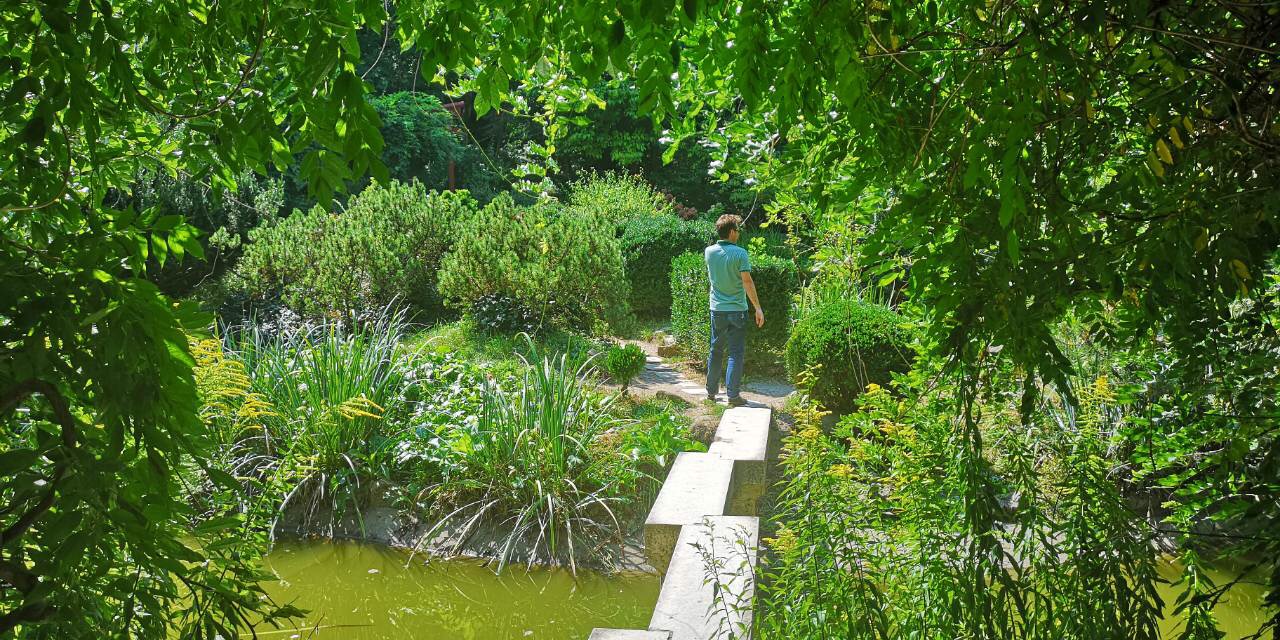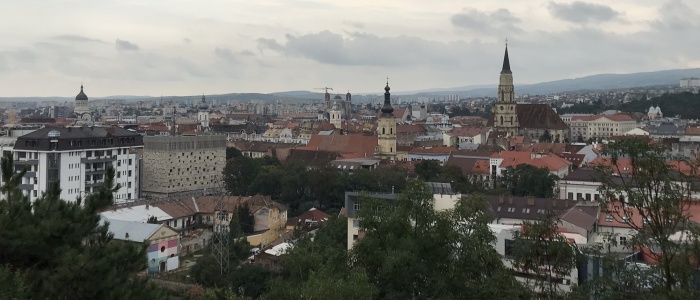
Breaking Travel News investigates: Cluj-Napoca, Romania
Poor old Luton Airport.
For the past three years the facility, which is based in Bedfordshire, despite usually prefixing its title with ‘London’, has been voted as the worst in the UK.
Respondents to a Which? survey cited the “disastrous” customer service, queues at passport control and poor facilities as particular failings.
The survey gave the airport a dismal customer satisfaction score of 35 per cent.
But is the reputation fair?
As Luton airport chief executive Nick Barton points out, Which? polled 521 subscribers who had travelled through the airport between May 2017 and the same month this year to reach its conclusions.
This represents just 0.003 per cent of all passengers during the period.
“In the first six months of this year alone, 1.2 million passengers responded to our customer service tracking, 70 per cent of whom told us they were happy with their experience,” Barton explains.
“We’ve also added close to a thousand new seats throughout the terminal and doubled the size of our security search area.”
He adds: “Evidence of our focus on improving the passenger experience is paying off.
“Objective data from the Civil Aviation Authority shows London Luton Airport has a perceived security wait time of just over five minutes with 82 per cent of passengers stating their satisfaction with security.
“Our advice is people should come and experience Luton airport for themselves.”
Taking Barton’s advice, I recently passed through the airport on the way to Cluj-Napoca, the second largest city in Romania.
And its true, things are getting better as Luton undergoes a period of significant change.
The owners are currently investing £160 million on redeveloping the airport to increase capacity and transform the passenger experience.
As the airport celebrates its 80th birthday, this means 30 new shops and restaurants, as well as improved seating and public areas.
Some of these shops are quite high-end, including a new champagne bar, while others cater to a more stag-party friendly vibe.
Seating is still limited and there are queues for Frankie & Benny’s – though, if you find yourself queuing at Frankie & Benny’s at Luton Airport you only really have yourself to blame.
The farce of having to get a bus the last half mile from Luton train station to the airport - costing £2.80, cash only - is also due to end, though not for a year or two.
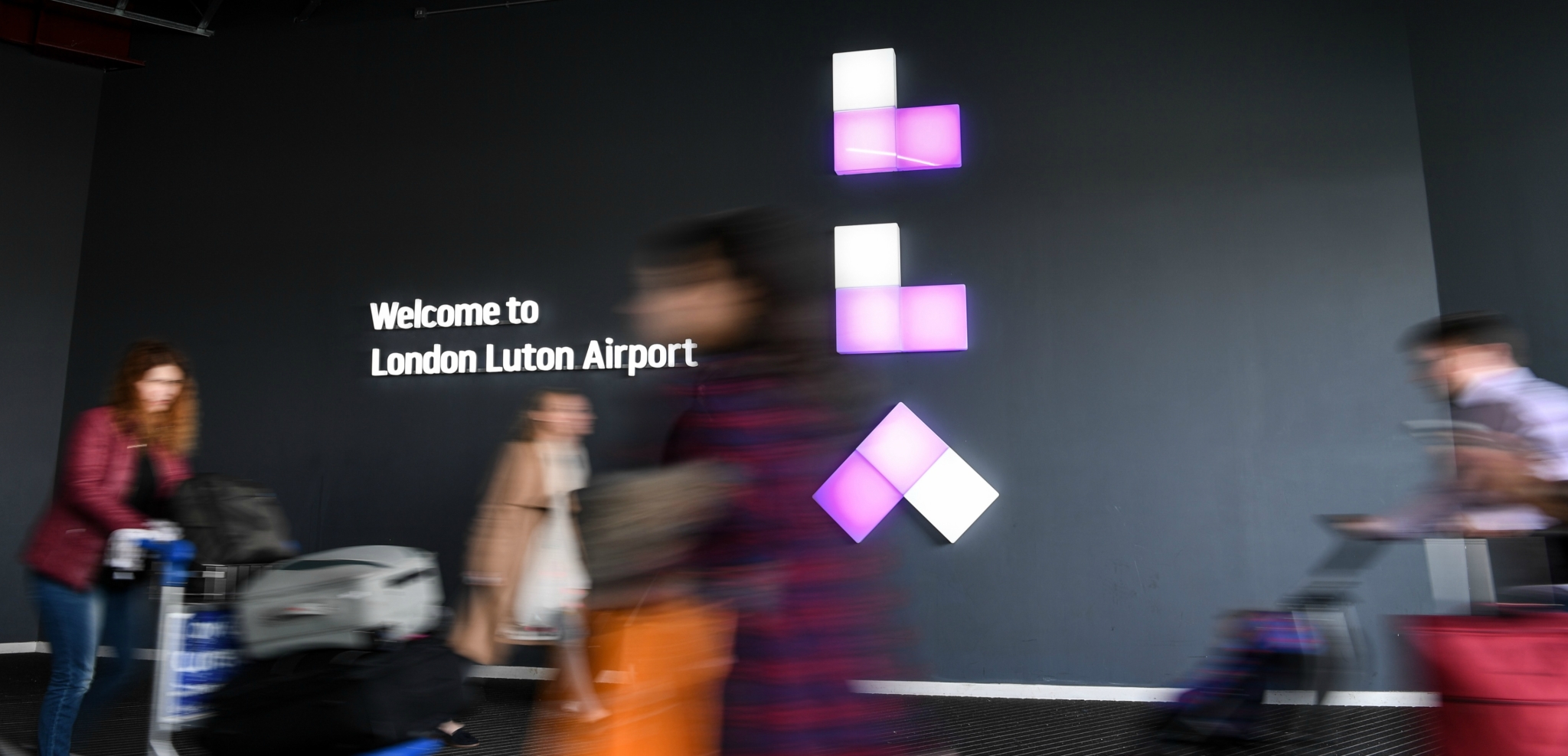
So, why does all this matter?
For Wizz Air, the emerging force in low-cost European travel, the success of Luton is vitally important.
The Hungary-based carrier has made the airport the base for its UK subsidiary, recently announcing it would add a ninth Airbus A321 to its operations there.
As Wizz Air chief corporate officer, Owain Jones, explains: “Our ninth brand new Airbus A321 aircraft will arrive at London Luton at the end of 2018, allowing us to launch two new routes to Lisbon and Kharkiv as well as increase frequencies on some of our most in-demand flights to Pristina, Tirana and Satu Mare.”
Currently the second largest operator at London Luton, this has been a year of significant growth for Wizz Air’s operations there, with 7.17 million seats on sale on 53 routes, representing a 20 per cent increase year-on-year.
Many of these routes are to destinations outside the usual south of France and Spanish beach resorts, meaning British travellers have ever more choice when it comes to a holiday.
While it is popular to complain about the service on-board Ryanair and its competitors, the uproar would be twice as loud if the low-cost services suddenly ceased and passengers were forced back onto legacy airlines offering a limited selection of destinations.
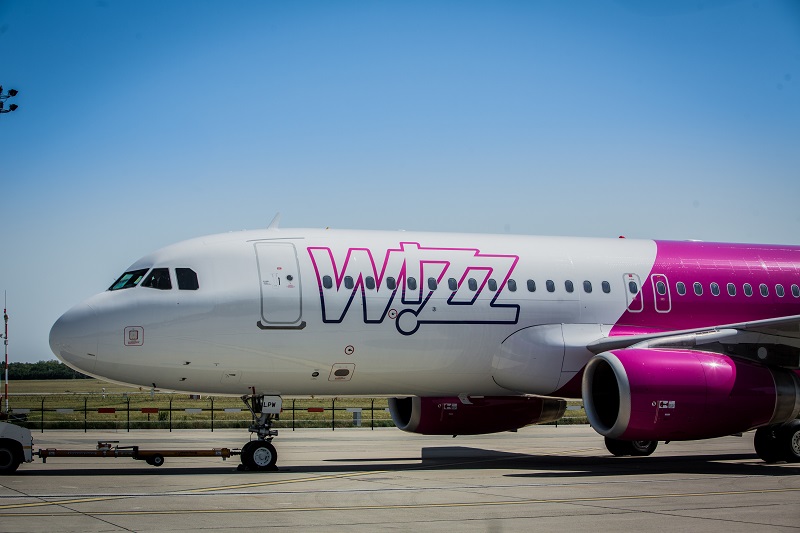
With all this in mind, I had selected Cluj-Napoca for a summer holiday – a decision greeted with blank stares from my partner.
But how wrong she was.
Last year the city, in the north-west of Romania, received some 370,000 tourists, some 15 per cent more than in the previous year.
By comparison, the city has just 325,000 residents, according to the latest census.
More than 100,000 of these visitors were from overseas, a number only set to grow given Wizz now offers a daily connection to the UK, as well as flights to several other European cities.
But what do they come to see?
St. Michael’s Church, in the main square is a good place to start.
Surrounded by 18th and 19th century buildings, and many of the buzzing shops, bars and restaurants that make Cluj-Napoca enticing for tourists, the building is one of the finest examples of gothic architecture in Romania.
Erected between 1350 and 1487 on the site of the former St. Jacob’s Chapel, the altar, built around 1390, is the oldest part of the church.
The most recent section is the tower, erected in neo-gothic style in 1860.
Across the road is the Banffy Palace, housing the weaponry and Romanian art collections of the national museum, while visitors who want to learn more about the region should pay a visit to the open-air section of the Ethnographic Museum of Transylvania.
For entertainment, travellers can also spend an enjoyable evening at the Romanian National Opera or attend a classical music concert offered by the Cluj-Napoca Philharmonic.
The season for the former starts in September.
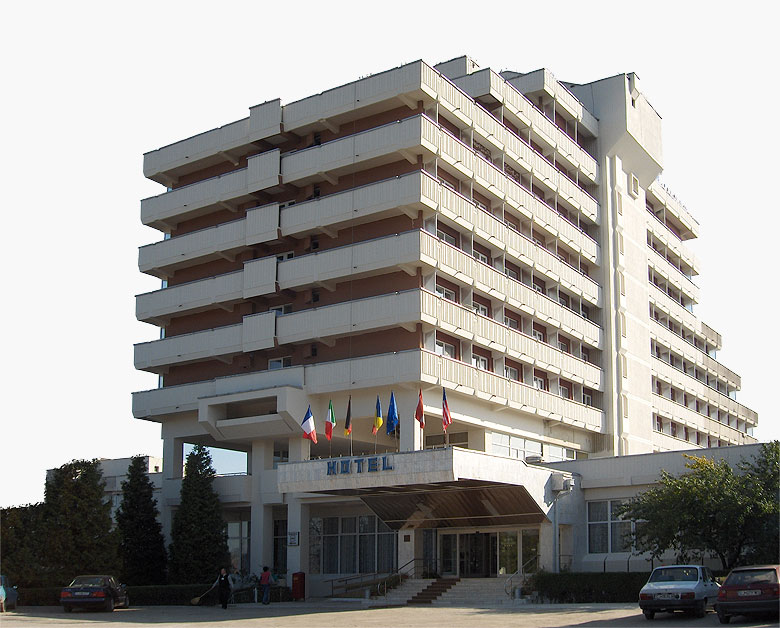
As home to a number of universities, Cluj- Napoca is also known for its bars and restaurants.
The river banks are dotted with places for a quick drink, including Rochelle, while moving into the old town Enigma, Flying Circus and Shto also cater to the crowds.
For something a touch more sophisticated, head to the central park and visit Carousel By Chios.
At the same time, you can hire a boat to row on the small lake or just enjoy a stroll in the 180-year old greenery.
A short walk away is Cluj-Napoca Botanical Garden.
One of the largest in south-eastern Europe, the garden is home to some 10,000-plant species.
While initially underwhelming, the gardens unfurl away from the entrance to reveal several greenhouses with desert and tropical plants, including huge Amazonian water lilies, a Japanese garden with a brook and a Roman Garden with archaeological relics from the colony of Napoca.
Those with a bit more time might also take a day trip out to the Turda Salt Mine to take in the waters and learn more about the history of the area.
There is also plenty of choice on the accommodation side.
The brightly-lit Melody Hotel, right in the centre of town, is among the best, while the Platinia Hotel more than meets international norms.
Meanwhile, Grand Hotel Italia offers the faded glamour sought after by guests looking to recapture the golden age of travel.
For the more adventurous, the Belvedere Hotel peers down from its perch in the hills surrounding the town.
Looking like a spaceship from the Soviet period, the hotel offers some of the best views available, while the restaurant is considered the place to be seen.
You’ll not need more than a couple of days to see all that Cluj- Napoca has to offer, but prices are very reasonable and there is fun to be had for those with an eye for adventure.
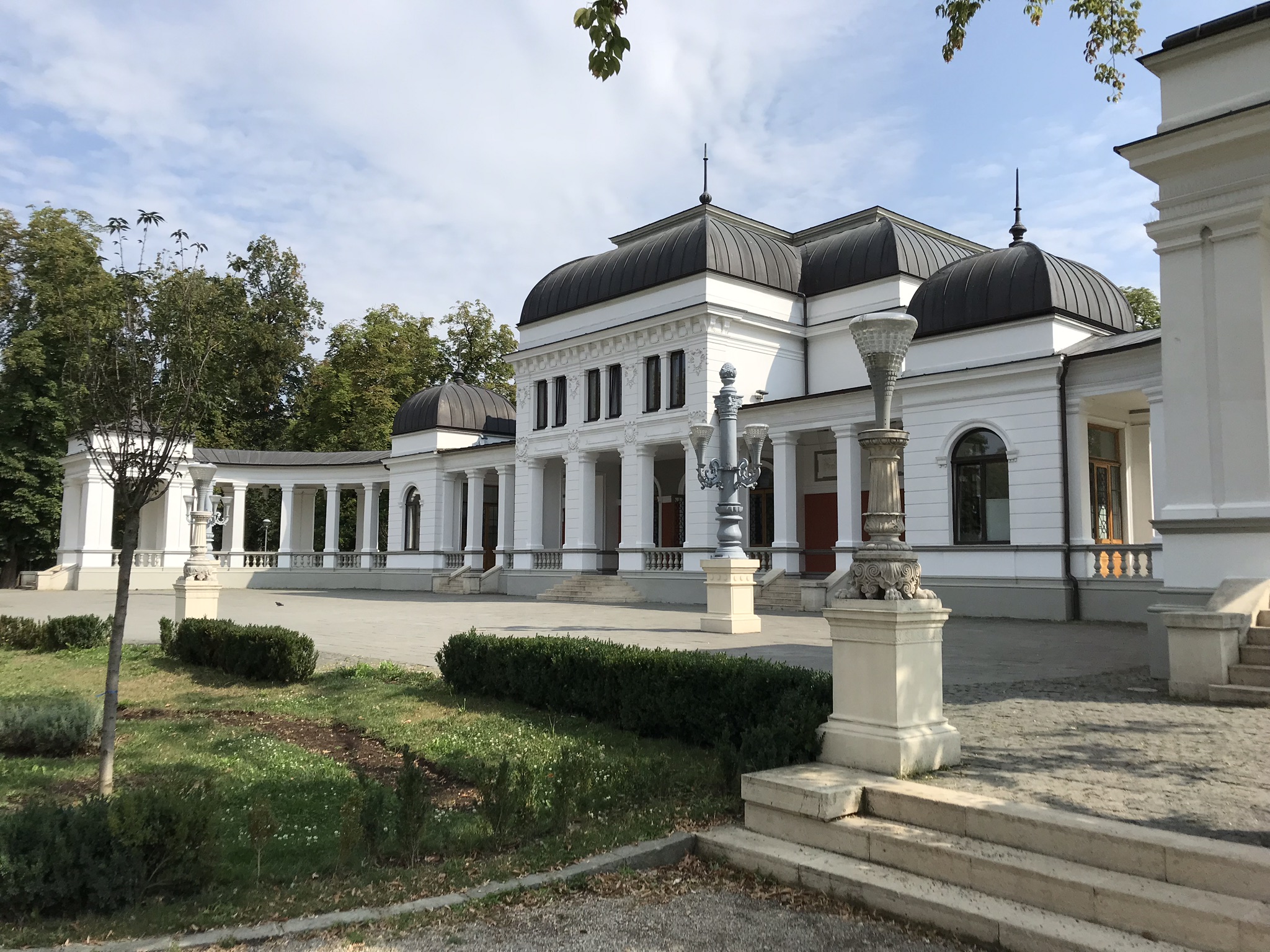
More Information
Wizz Air is the largest low-cost airline in Central and Eastern Europe, operates a fleet of 104 Airbus A320 and Airbus A321 aircraft, and offers more than 600 routes from 25 bases, connecting 141 destinations across 44 countries.
Find out more here.
To find out more about visiting Cluj-Napoca, there is plenty of information on the Romanian tourism website.
Chris O’Toole


